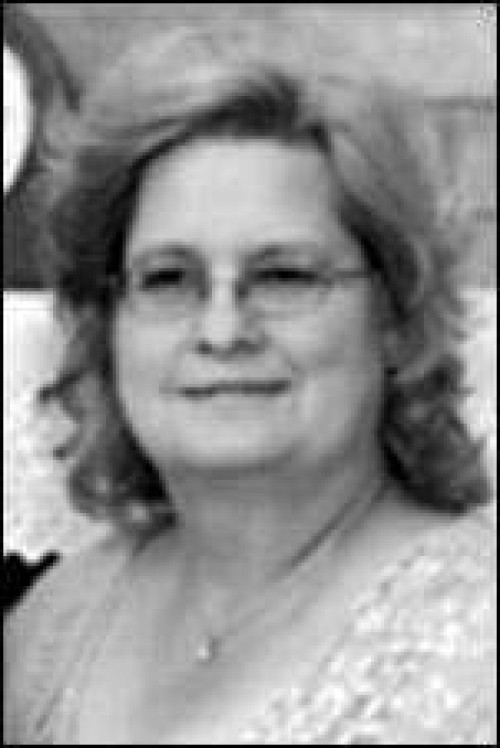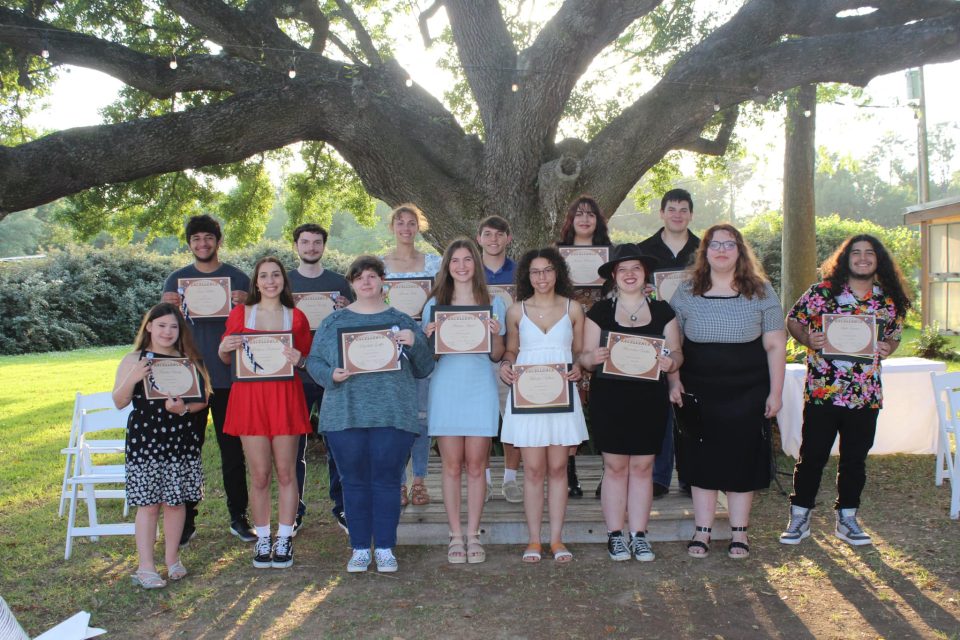
Nancy Rollins
February 1, 2008Grand Isle voters to elect mayor
February 6, 2008DEQ program targets local waterways
By MIKE BROSSETTE
The state Department of Environmental Quality revived its Clean Waters Program in December and the program is targeting numerous water bodies for cleaning in Terrebonne and Lafourche parishes.
Fourteen bayous, canals and lakes in the two parishes are on a statewide 2006 DEQ list of water bodies containing varying levels of pollutants not meeting government regulations.
The goal of the Clean Waters Program, said Program Director Chris Piehler, is to help local governments in Louisiana clean up water bodies holding pollutants and to focus on areas with the greatest need, instead of taking a scattershot approach.
“The thrust is local,” Piehler said.
More specifically, the Clean Waters Program aims to reduce the number of water bodies on the DEQ list by 25 percent before 2012.
“But we want all our water bodies to be swimmable,” he said.
Three-fourths of the water bodies in the state, he said, are impaired by pollutants for one reason or another.
Piehler said the highest-profile local water body on the DEQ list is Bayou Lafourche, mostly because the bayou is a source of drinking water. Bayou Lafourche has amounts of fecal coliform, non-native aquatic plants, chloride and dissolved solids from Donaldsonville to Larose which do not meet government regulations
The other local water bodies on the list are Bayous Terrebonne, Blue, Black, Grand Caillou, Petit Caillou, du Large, Chauvin and Pointe au Chien; the Houma Navigation and Company Canals; the Intracoastal Waterway, and Lakes Boudreaux, Pelto and Barre.
According to the DEQ list, except for the lakes, only segments of the water bodies contain excessive levels of pollutants. The entire water body is not indicated as polluted on the list. For instance, Bayou Terrebonne is shown containing pollutants from Thibodaux to Houma, but no further south.
The list also shows Bayou Grand Caillou from Houma to Bayou Pelton contains excessive amounts of nitrates, non-native aquatic plants, dissolved oxygen, phosphorous and fecal coliform. Bayou Petit Caillou has the same types of pollutants from Klondyke Road Bridge southward.
The Clean Waters Program was begun by Gov. Blanco’s administration only a few days before Hurricane Katrina. Piehler said Katrina and Hurricane Rita caused the two-year delay starting the program.
The sources of water body pollutants in Lafourche and Terrebonne parishes are numerous. Water pollution is divided into two categories: point source and non-point source discharges. Point source pollution consists mostly of pipes discharging into water bodies. Non-point source pollution is caused by runoff from land, especially farmland, and concrete.
Point source pollution is regulated closely through the federal Clean Water Act, but reducing the non-point kind requires voluntary compliance.
Specific sources of impairment for the local water bodies on the DEQ list include septic systems, drought-related impacts, and changes in tidal circulation and other natural sources.
The types of pollutants are also numerous. Besides the ones indicated for Bayous Lafourche, Grand Caillou and Petit Caillou, high levels of sulfates are found in Bayou Pointe au Chien and in Bayou du Large from Houma to the Marmande Canal.
Piehler said the number of pollution sources is increasing.
“Most pollution is local,” he said. “We will be most likely successful helping people nearest sources of pollution to solve their problems. When you tell people you have a problem in your backyard, (they) want to do something about it.”








